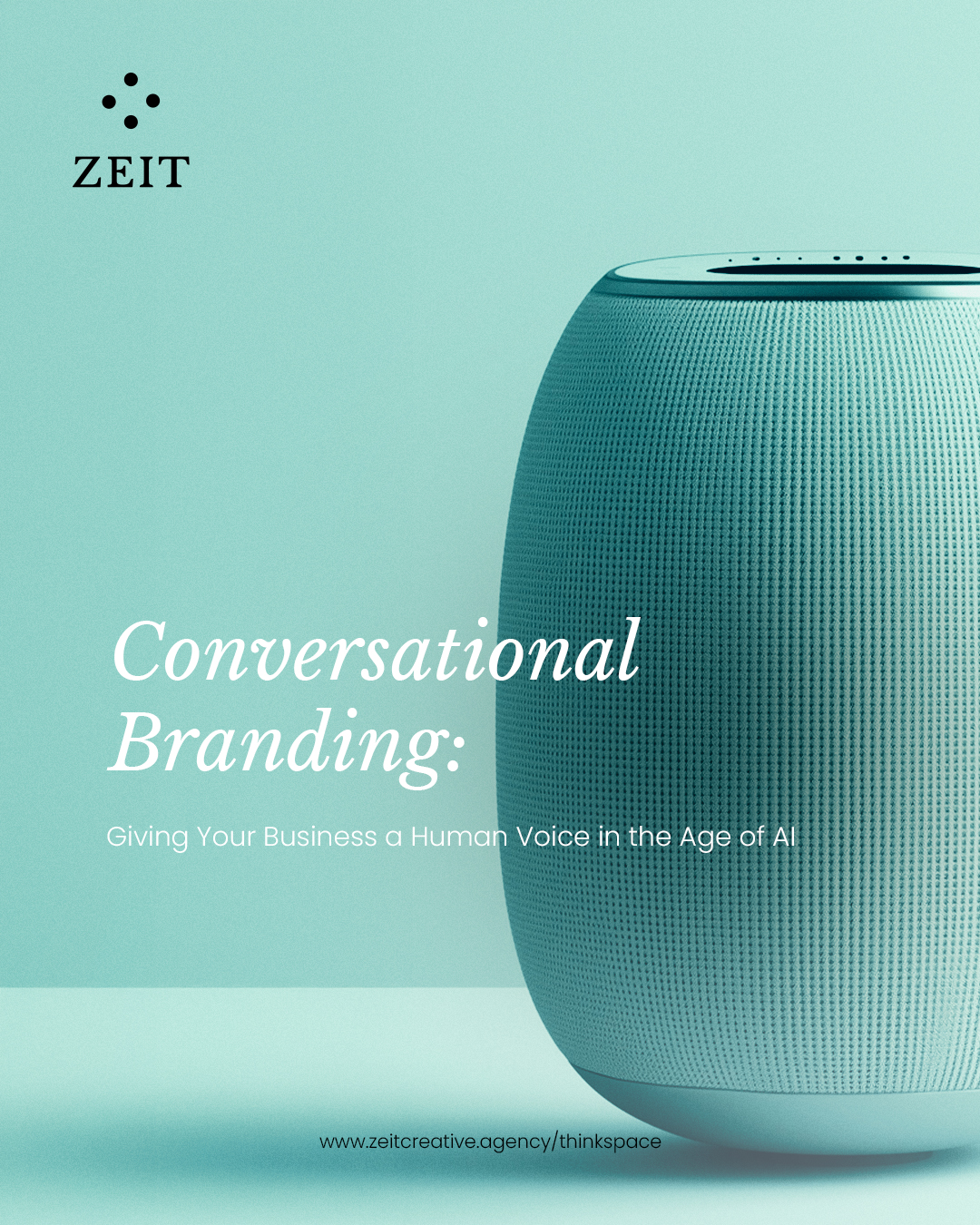
In today’s digital age, customers are not just looking for products—they are seeking human connections. They want brands that speak to them naturally, understand their needs, and respond in real time. This is where conversational branding comes into play.
Conversational branding is about giving your brand a consistent voice and personality, allowing it to engage in meaningful, two-way communication with your audience. In 2025, as voice assistants, AI chatbots, and messaging platforms grow in influence, brands that master conversational interactions gain a significant competitive advantage
What is Conversational Branding?

At its core, conversational branding is a strategy that focuses on how a brand talks and listens. Unlike traditional marketing, which often delivers one-way messages, conversational branding fosters dialogue, builds trust, and creates memorable interactions.
It includes:
- Voice interactions via smart devices like Alexa, Siri, or Google Assistant.
- AI-powered chatbots on websites, social media, and messaging apps.
- Sonic branding or sound signatures that convey brand personality.
- Optimised content for voice search, making it easier for customers to find your business naturally.
Why Conversational Branding Matters in 2025
Consumer behaviour is evolving rapidly:
- Voice search is rising: Over 50% of online searches are expected to be voice-based by 2025. People prefer speaking naturally rather than typing exact keywords.
- Customers expect instant responses: Whether through chatbots or voice assistants, audiences now anticipate quick, helpful, and personalised replies.
- Building trust requires personality: A brand that communicates in a friendly, approachable manner fosters stronger emotional connections.
By embracing conversational branding, companies can move beyond transactional relationships and create loyal, engaged communities.
Examples of Conversational Branding
- Voice Search Optimisation
Optimising your website for natural language queries ensures your business appears when customers ask their devices questions. For example, a customer might say, “What’s the best real estate agency in Dubai?” Brands optimised for conversational queries are far more likely to appear in recommendations.
- Chatbots with Personality
Modern chatbots are more than automated responders. By programming them to reflect your brand’s tone—friendly, professional, playful, or luxurious—they can answer questions, guide users, and even suggest products in a way that feels human.
- Sonic Branding
Brands are increasingly using short, memorable audio cues to complement their visual identity. Think of Netflix’s iconic “ta-dum” or Mastercard’s signature chime. These sounds become instantly recognisable, strengthening brand recall and personality.
- Conversational Content
From social media posts to website copy, using a natural, engaging tone helps your brand resonate with audiences. Phrasing content as if you were speaking directly to a customer makes communication feel personal and authentic.
How to Implement Conversational Branding
Here are practical steps for businesses looking to adopt this trend:
- Define Your Brand Voice: Decide the personality you want to convey—friendly, expert, fun, or authoritative—and apply it consistently across all channels.
- Leverage AI Chatbots: Implement chatbots that guide visitors naturally and reflect your brand’s voice. Begin with FAQs and expand to sales and customer support.
- Optimise for Voice Search: Use conversational keywords, answer questions clearly, and ensure your content is structured for voice assistants.
- Create Sonic Branding Elements: Develop a short audio signature or jingle to complement your visual brand identity.
- Engage on Messaging Platforms: Interact with customers on WhatsApp, Messenger, or Instagram DMs using the same friendly, human tone.
The Future of Conversational Branding
As AI continues to evolve, conversational branding will become even more critical. The businesses that succeed will be those that blend technology with human-centric communication. By giving your brand a voice that feels authentic and engaging, you can improve customer satisfaction, build loyalty, and stand out in a crowded digital landscape.
In 2025, customers don’t just want to hear your message—they want to have a conversation. Conversational branding makes that possible, turning interactions into relationships and transactions into meaningful experiences.
You May Also like:
From Website to Web Experience: What Modern Businesses Expect in 2025
